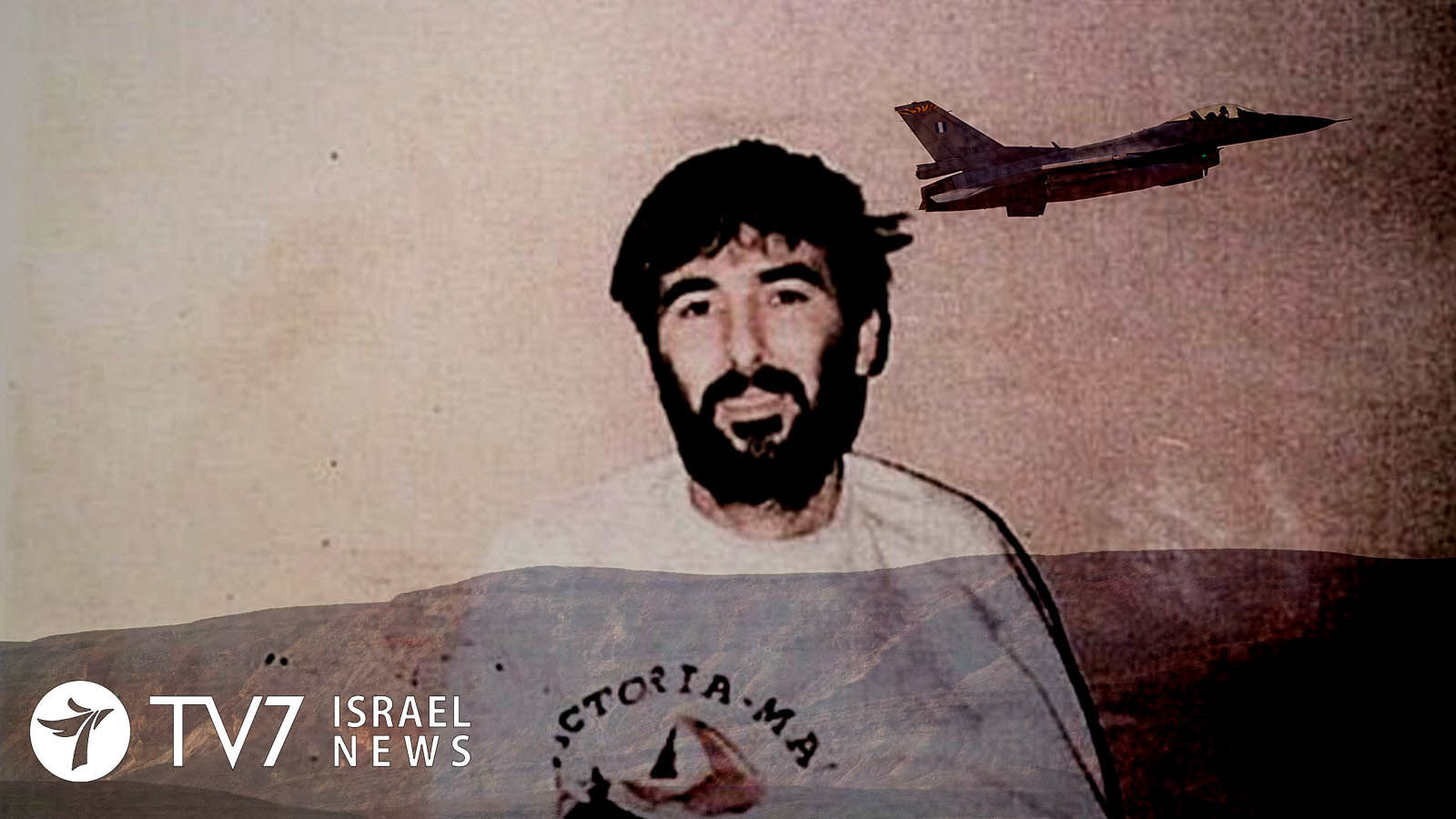“Last month, the women and men of the Mossad embarked on an operation aimed at finding new information about the fate and whereabouts of Ron Arad,” Israeli Prime Minister Naftali Bennett disclosed.
By Erin Viner
The Israeli leader told lawmakers at the opening of the Knesset’s winter session that Mossad intelligence agents conducted a ” a complex, wide-ranging and bold” mission last month to try to uncover the fate of Lt. Col. Ron Arad.
“We made another effort on the way to understanding what happened to Ron,” Prime Minister Bennett said of the recovery mission, going on to stress, “That is all that can be said right now.”
Arad, who was an Israeli Air Force (IAF) weapon systems officer (WSO), was officially classified as missing in action (MIA) in October 1986. He had bailed out of a Phantom F-4 fighter jet that went down over Lebanon during an attack on the Palestine Liberation Organization (PLO) terror group on 16 October 1986, after one of the bombs is believed to have ejected prematurely. The aircraft’s pilot Yishai Aviram was also forced to eject, but he was successfully rescued by an Israeli Bell AH-1 Cobra just hours later under heavy enemy gunfire.
Arad was however captured by the Lebanese Shi’ite Amal movement, which is affiliated with the Iran-backed Hezbollah terror group. Amal demanded weapons and a financial in return for Arad’s release. Amal head and current Speaker of Lebanon’s Parliament Nabih Berri announced that the Israeli airman was being held captive in Beirut by Amal security chief Mustafa Dirani as a “bargaining chip” for a future prisoner swap for Shi’ite and Lebanese prisoners held in Israel.
The most significant “proof of life” came with the release of 2 photos and 3 handwritten letters by Arad in 1987. His wife Tami, who was pregnant with his daughter Yuval at the time of his disappearance, later commented that the letters bore witness to her husband’s torture and suffering, and that he was being treated “like a caged animal.” In a 2020 Facebook post, Tami Arad wrote that while it has been difficult to look at the photos “to this day,” that “they served as testimony to the fact that he was still alive, and that was everything.”
Israel undertook multiple attempts to secure Arad’s release.
After negotiations failed in 1988, special Israeli forces captured Hezbollah member Abdel Karim Obeid in 1989, and Mustafa Dirani in 1994. The latter claimed that Amal transferred Arad to Hezbollah on 4 May 1988, and that he may have been taken to Iran after being passed to the group’s patrons – Tehran’s Iran’s Islamic Revolutionary Guards Corps (IRGC). Israel later released both Obeid and Dirani in a controversial prisoner exchange with Lebanon in 2004.
Efforts by successive Israeli leaders – including a proposed $10 billion aid package to Iran in the early 1990s – also failed to secure Arad’s return home. A secret IDF intelligence commission led by Maj.-Gen. Aharon Ze’evi-Farkash in 2004 reportedly concluded that the IRGC held the missing navigator in complete isolation after he was brought to Tehran in 1990 but transferred back to Lebanon after Dirani’s capture in 1994. He is believed to have died sometime between 1993 and 1997, and buried at an unknown location in the Beqaa Valley.
Hezbollah’s first public acknowledgement of its role in Arad’s fate was in 2006, when the terror group’s Secretary General Hassan Nasrallah declared he had died and that his remains were lost. That same year, new footage of Arad filmed at an unknown date was broadcast by the Lebanese Broadcasting Corporation broadcast. A letter determined to be 20-years-old from Arad to his family was handed over in 2007. In 2008, United Nations envoy Gerhard Konrad told the Israeli government that he had been informed by Hezbollah that Arad had been killed during an attempted escape in 1988.
In a particularly poignant gesture, Yishai Aviram – the son of Arad’s pilot- is the helicopter pilot who flew MIA Gilad Shalit home after he had been freed in a 2011 prisoner exchange after 5 years of captivity by Hamas in Gaza.
Despite the passage of time, Israeli public interest in Arad’s fate has remained keen.
A state ceremony is held every year at the memorial Garden for all Israeli MIAs is located in the National Military and Police Cemetery on Mount Herzl in Jerusalem.
